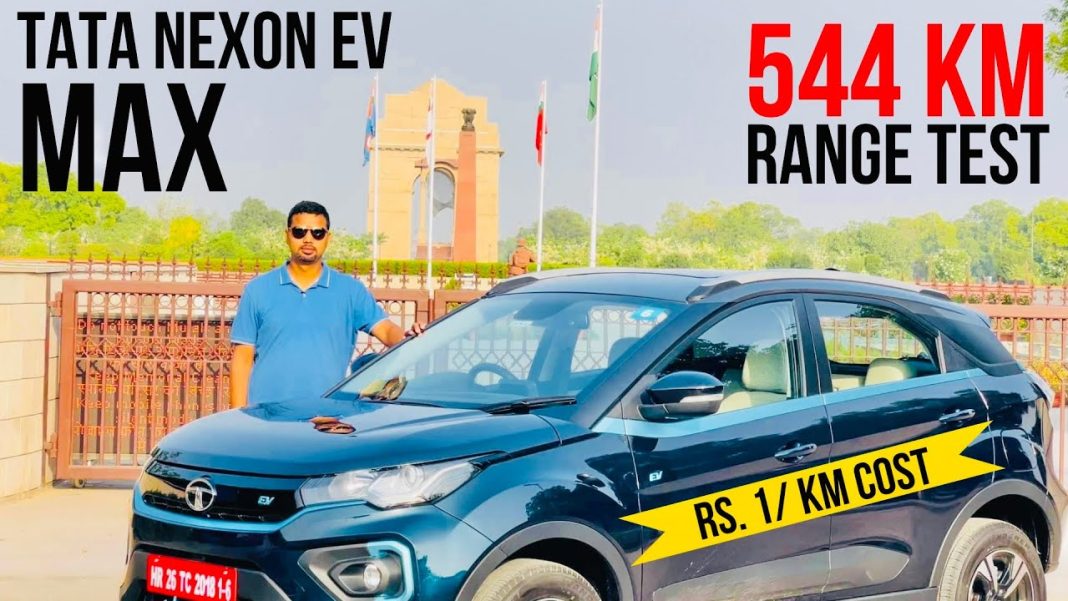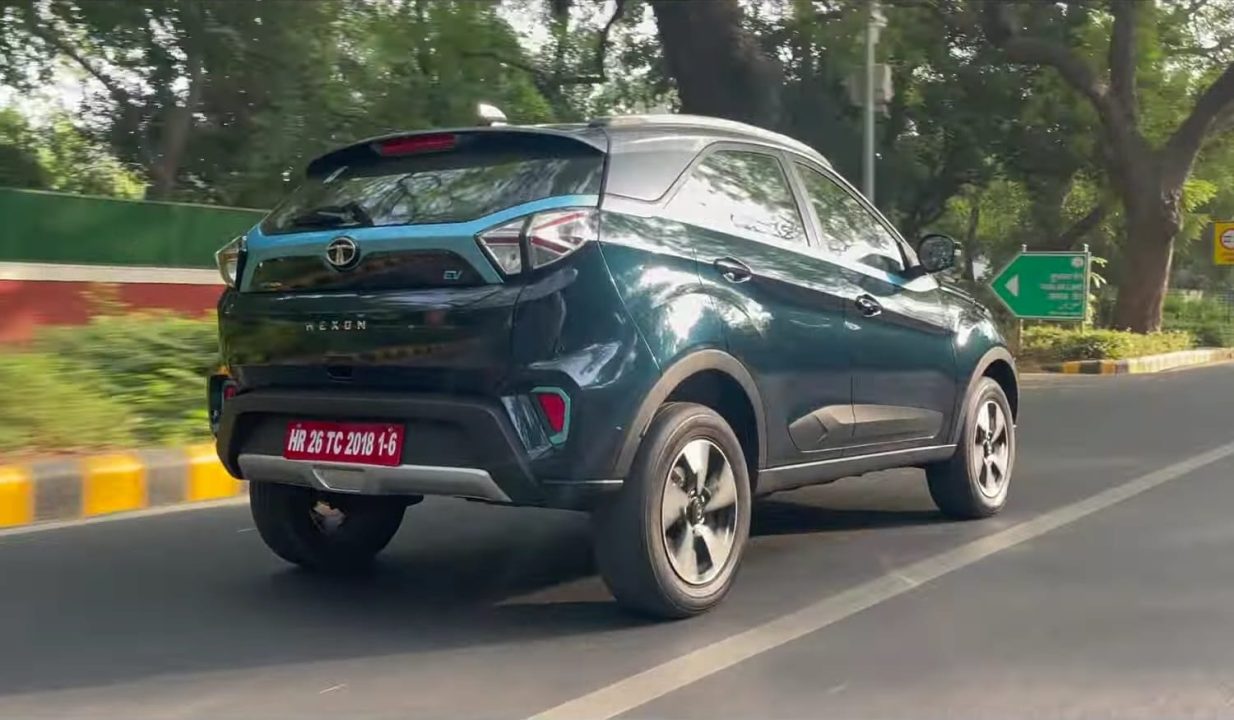
We recently got our hands on a Tata Nexon EV Max, and decided to see what its real-world driving range is, with AC running and everything
Tata Motors recently launched the long-range version of Nexon EV in India, named ‘Nexon EV Max’. The ‘Max’ version gets additional equipment over the standard Nexon EV, along with a larger battery pack (40.5 kWh) and a more powerful motor (143 PS/250 Nm). The driving range is better as well, with a claimed figure of 437 km.
While the official driving range is quite impressive, does the electric SUV hold true to the figure in the real world? We decided to check it out for ourselves. In our range test, we drove a Tata Nexon EV Max from Delhi to Jaipur, that too during Indian summers, with temperatures reaching as high as 44oC.
We mostly drove the car at a speed of around 70 kmph to 90 kmph. but the SUV was in Eco mode for the entire drive. The automatic climate control was turned on the entire trip, as the heat would’ve been unbearable without it. Driving in the summers also lets us check if the EV has any overheating issues.
One of the new features offered on Tata Nexon EV max is adjustable regenerative braking. This is extremely useful to improve the overall range, as it charges the battery when the driver lifts their foot from the accelerator. Depending on the traffic, the regen braking can be set to charge the battery or to let the car coast.
After 275 km of driving, we finally reached our destination – Hawa Mahal – starting from the India gate. This translates to a real-world range of 295 km. Only 7 per cent of the battery was remaining, so it was crucial to search for a charging station. Thankfully, a Tata service centre was not too far away, and we were able to charge the vehicle up there.
Using a 30 kW charger, it took around 4 hours to charge the battery completely. A 50 kW charger would’ve done the job much quicker. The biggest advantage of EVs is the low cost of driving, and this trip cost only Rs. 793! This was with commercial electricity charges; at home, incurring residential electricity charges, the expense would’ve been just Rs. 272 for this trip.
Our return trip was a little more economical, as we kept the speeds around 60 kmph to 70 kmph. Even though we drove it around in City mode, the car completed a 269 km with an 18 per cent charge still remaining. This translates to a driving range of 328 km, with an average range of 311 km for the entire round trip. Do we suspect a range test in the winters would yield better results? Well, check back in later!

